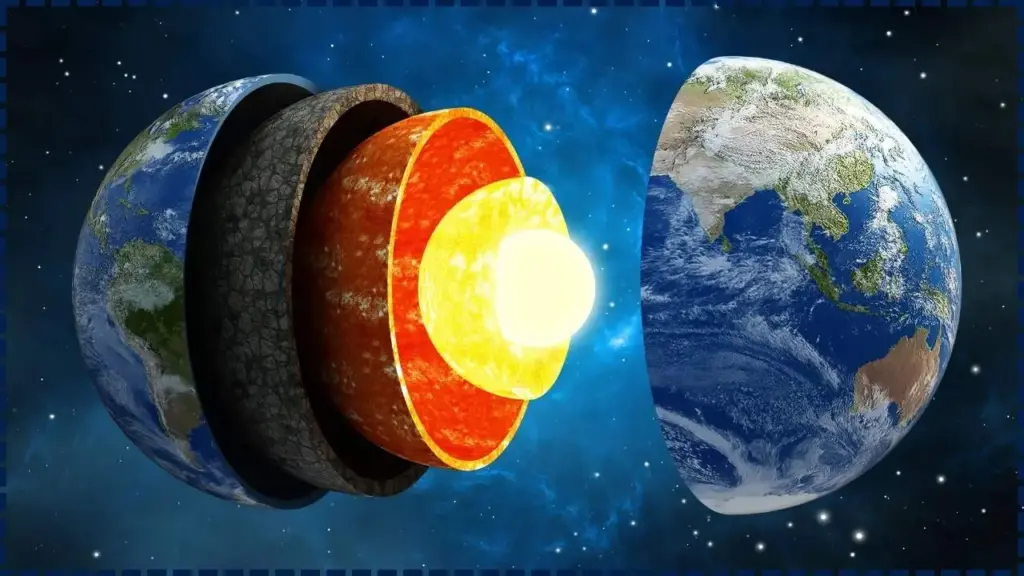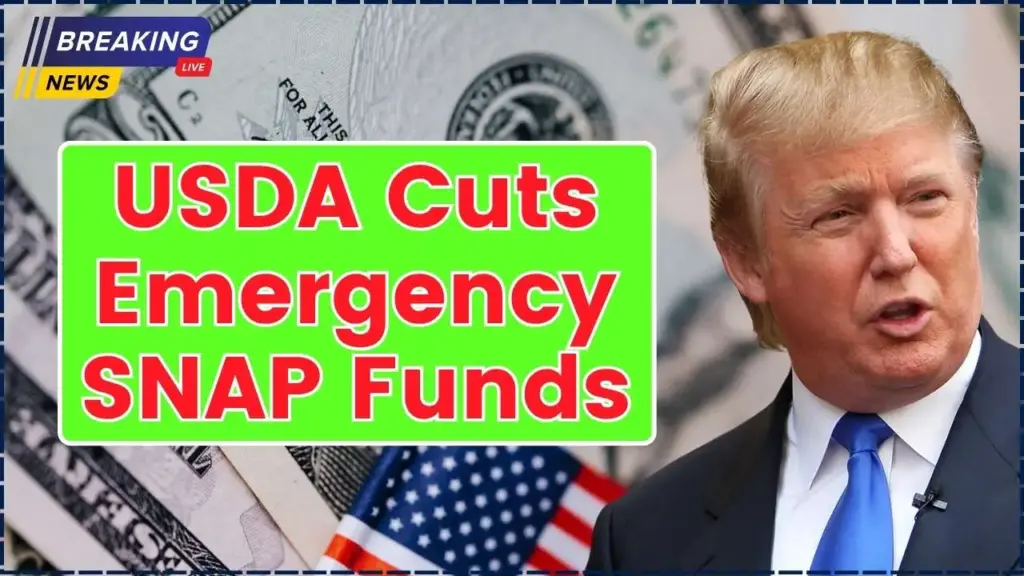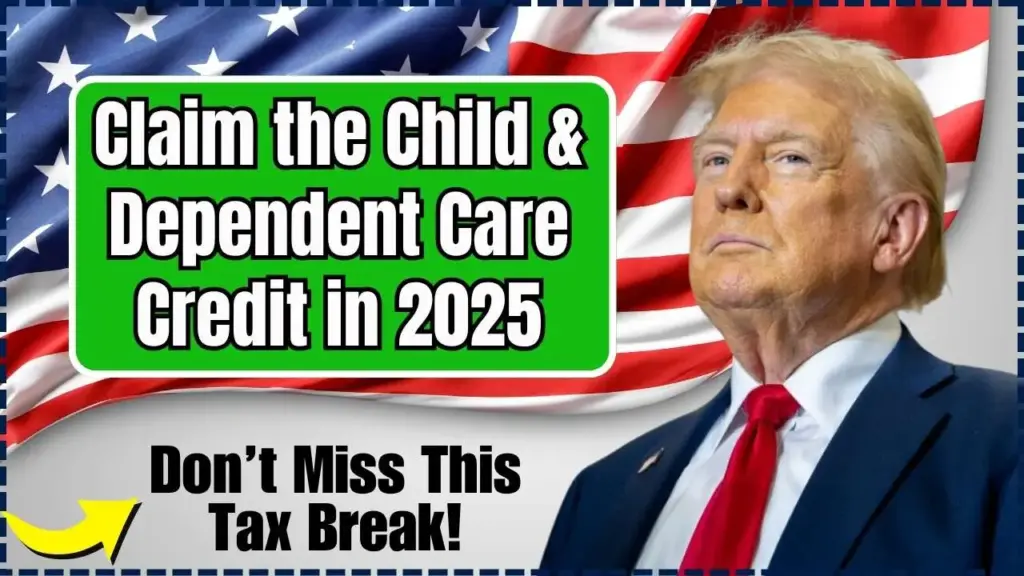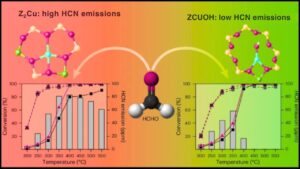New York has launched a new program providing $1,800 payments to eligible residents, replacing the state’s initial plan for inflation refunds, which were recently canceled. The payments aim to help alleviate economic challenges facing families, particularly those with lower incomes. But who is eligible for these payments, and what led to the cancellation of the inflation refunds?
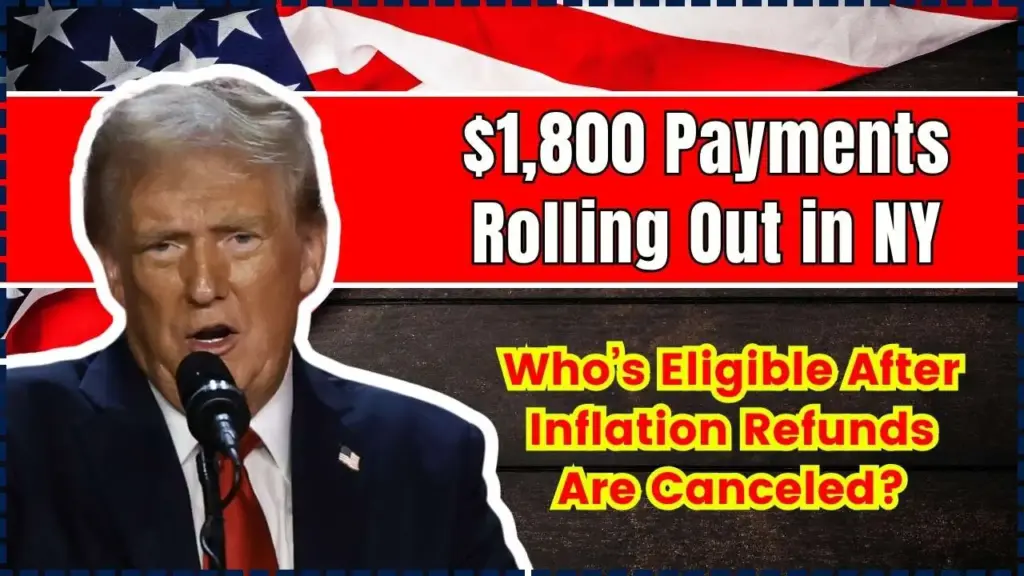
Table of Contents
$1,800 Payments Rolling Out in NY
| Key Fact | Detail/Statistic |
|---|---|
| Amount of Payment | $1,800 per eligible individual |
| Cancellation of Inflation Refunds | Originally planned to provide inflation relief checks |
| Eligibility Criteria | Low- and middle-income residents |
| Timing of Payments | Expected to roll out in early 2025 |
$1,800 Payments Rolling Out: What Changed?
In 2025, New York announced $1,800 payments to residents after Governor Kathy Hochul unveiled a revised fiscal plan. These payments were introduced to address ongoing economic difficulties faced by the state’s low- and middle-income families. The $1,800 payments are designed to provide immediate financial relief to those affected by inflation, offering targeted assistance where it is most needed.
This new initiative replaces the inflation refund checks that were originally planned as part of the state’s broader effort to ease financial pressures on residents. However, due to changing fiscal conditions and concerns about equitable distribution, these refunds were ultimately canceled. The focus shifted to providing direct, one-time payments to families who would benefit the most.
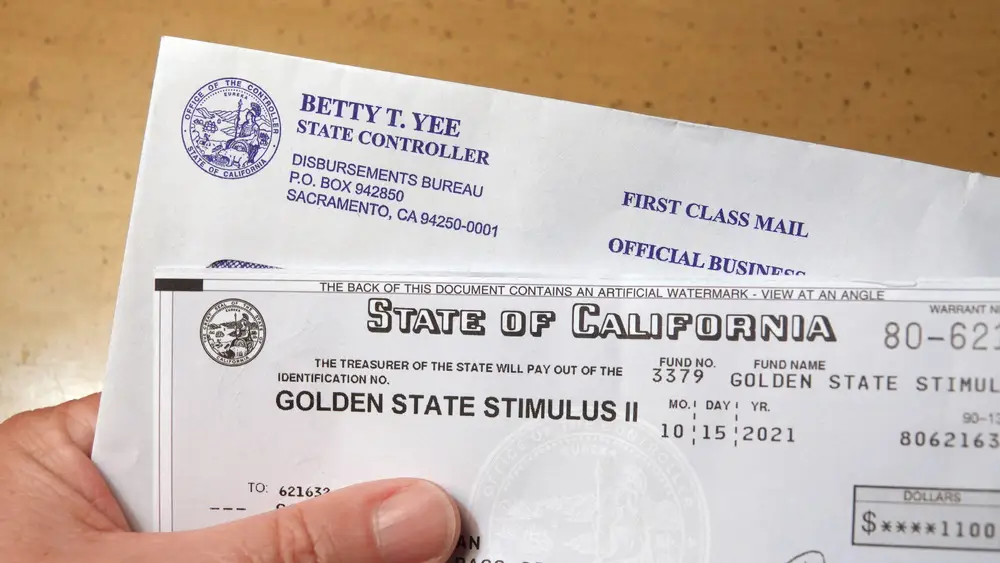
Why Were Inflation Refunds Canceled?
Originally, the state intended to issue inflation relief checks to residents to counteract rising costs. However, inflationary pressures and budget constraints led to the cancellation of the refunds in favor of more targeted assistance. According to Governor Hochul’s office, the decision was made to better address the immediate financial needs of low-income and middle-income families.
This change came after deliberations over the most effective ways to use available funds, particularly given that previous rebate programs had not always reached the individuals most in need. By focusing on direct payments, the state hoped to ensure that financial relief went directly to households that needed it the most.
Who Is Eligible for the $1,800 Payments?
Targeting Low- and Middle-Income Residents
To qualify for the $1,800 payments, individuals must meet certain income requirements, ensuring that the financial relief goes to those who are most vulnerable. These payments will primarily target families and individuals within the low- and middle-income brackets, though specific income thresholds are still being defined by the state.
Eligibility is based on a variety of factors, including:
- Income Levels: Those earning below a specific threshold (likely tied to the state’s median household income) will qualify.
- Family Size: Larger households may receive higher priority or additional relief, based on the per-capita financial strain.
- State Residency: Applicants must be New York State residents and must meet specific residency requirements as per state tax rules.
Potential Expansion for Additional Assistance
In addition to the $1,800 payments, the state is considering expanding assistance to include other forms of relief, such as energy assistance and housing subsidies. These expansions would aim to further reduce the financial burden on families, especially those dealing with rising living costs.
How Will the Payments Be Distributed?
The $1,800 payments will likely be distributed through direct deposit or check, depending on how residents file taxes. Those who have provided their bank account information to the New York State Department of Taxation and Finance for previous payments will likely receive their funds more quickly through direct deposit.
For those who do not have direct deposit set up, the state plans to send physical checks, though this may take longer due to processing times. According to official sources, the payments are expected to begin in early 2025, with eligibility details finalized shortly thereafter.
What Impact Will the $1,800 Payments Have?
Immediate Financial Relief
The $1,800 payments are expected to provide immediate financial relief to families, particularly those struggling with high living costs. As inflation remains a significant concern, these payments are likely to be a much-needed financial cushion for low-income families who have been disproportionately affected by rising food, energy, and housing prices.
In an effort to ease economic burdens, Governor Hochul emphasized that these payments will allow families to cover essential expenses like groceries, medical costs, and utilities. For many households, these payments could make a critical difference in their financial stability during a period of ongoing economic uncertainty.
Long-Term Impact on the State Economy
Economists suggest that this initiative could have positive long-term effects on the state economy. By targeting those most in need, the $1,800 payments will inject money directly into local economies, stimulating demand for goods and services. This, in turn, could help bolster businesses and create jobs in affected communities.
However, critics argue that the one-time nature of the payments may not provide long-term relief for families, and more sustainable financial policies may be necessary to address systemic issues such as affordable housing, healthcare, and education.

What’s Next for Inflation Relief in New York?
With the cancellation of the inflation refunds, New York has signaled a shift toward more focused and strategic financial relief for residents. While the $1,800 payments offer immediate assistance, questions remain about the state’s long-term plans to combat inflationary pressures and provide sustainable economic relief.
The New York state government is expected to continue evaluating options for future economic aid programs, with some policymakers calling for permanent tax relief measures or expanded welfare programs aimed at addressing the root causes of financial instability.
As New York works to address its economic challenges, the state will likely need to balance short-term relief efforts with long-term structural changes to support families and communities in the face of rising costs.
Comparison to Other States’ Programs
New York’s $1,800 payments follow a national trend in which states are stepping up efforts to address inflation and financial hardship. Other states, like California and Colorado, have also introduced targeted relief programs, providing direct payments to residents or offering enhanced tax credits for low-income families. However, New York’s targeted approach stands out for its direct focus on families, contrasting with broader relief measures in other states.
By offering more tailored financial assistance, New York is positioning itself as a leader in ensuring that the state’s economic relief efforts go directly to those who need it most.
Political and Public Reactions
The $1,800 payments have received a mix of reactions from lawmakers, economists, and advocacy groups. Progressive lawmakers have praised the targeted relief, arguing that it is a necessary step in addressing the financial challenges faced by low-income families. However, some critics argue that the payments are not a permanent solution to systemic poverty and that more structural changes are needed.
Budget and Long-Term Sustainability
As New York rolls out this payment program, questions remain about its impact on the state’s budget. With inflation still a concern and costs rising across the board, the state may face challenges in sustaining such relief efforts without additional revenue or cost-saving measures.
Related Links
USDA Cuts Emergency SNAP Funds—Here’s What It Means for Families Counting on Food Assistance
$1,390 IRS Relief Payment 2025 – Are You on the List for the Direct Deposit?
The Road Ahead for New York’s Economic Support Programs
New York’s new $1,800 payments aim to provide much-needed relief to residents facing economic hardship. While the decision to cancel the inflation refunds has drawn mixed reactions, the state’s targeted approach is designed to help those most affected by inflation and financial instability. The $1,800 payments are just the beginning, as New York continues to explore additional measures to support families in need.
FAQ
Q1: How do I know if I am eligible for the $1,800 payment?
A1: Eligibility is based on income, family size, and residency. If you are a New York resident and meet the income requirements, you will likely qualify for the payment. Specific eligibility details will be finalized soon.
Q2: When will the $1,800 payments be distributed?
A2: The payments are expected to be distributed in early 2025, with direct deposit likely being faster than physical checks.
Q3: Can I receive the payment if I don’t file taxes?
A3: The payment is intended for residents who meet certain income requirements, and while tax filers will likely receive payments first, other methods of distribution may be available for those not required to file taxes.
Q4: What other forms of financial relief are available in New York?
A4: In addition to the $1,800 payments, New York has expanded its Child Tax Credit and may offer additional assistance through energy programs or housing subsidies.



